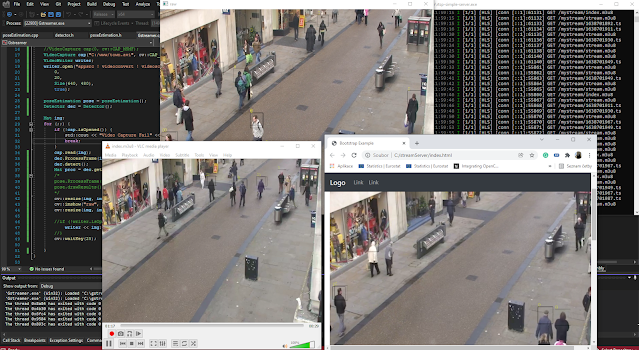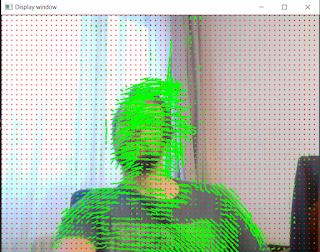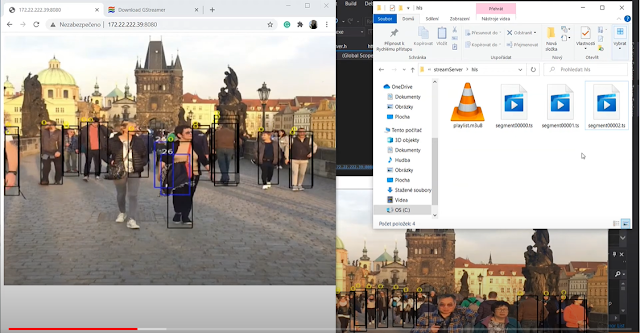Opencv Kalman filter example video head tracking. Code soon
Opencv Kalman filter example video head tracking
Example of kalman filter in Opencv with head detection and tracking.
Two big tutorials will be published soon.
- New version of LBP cascades for people detection, head detection
- Code and tutorial related to this example. Simple kalman filter for tracking in Opencv. I just finished the code for you.. Stay tuned and share :). Thanks





Hello! where can i find the tutorial?
Can i get the tutorial Sir?
can i get a code please!
Where can i find the tutorial?